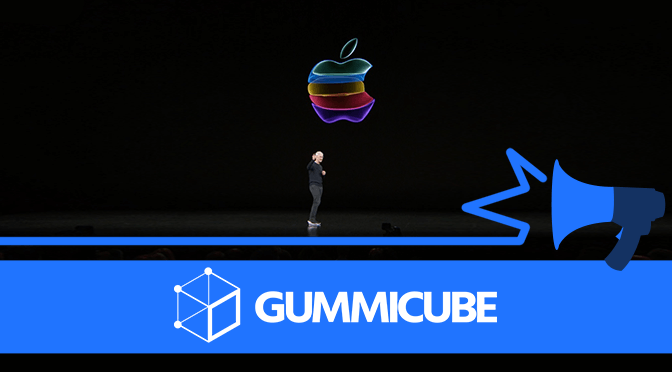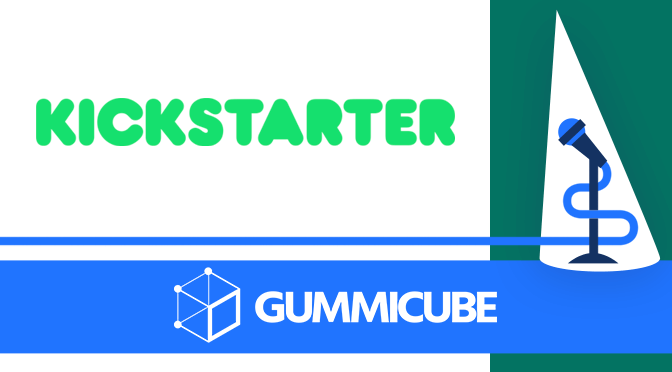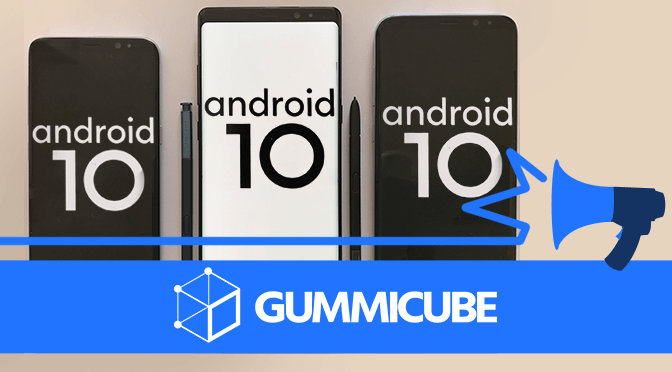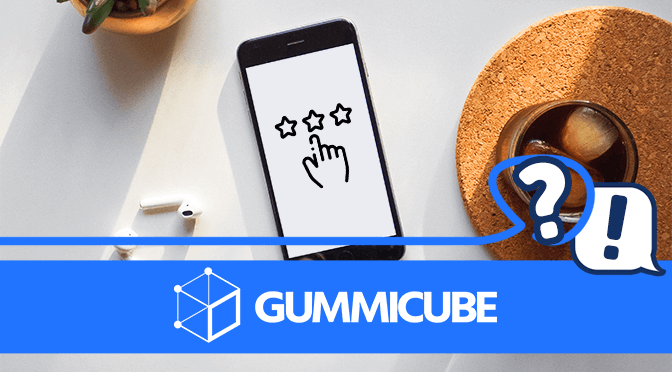
Apple’s “By Innovation Only” Event Announces New Devices and Services
Posted on September 11th, 2019
Apple’s “By Innovation Only” keynote event has concluded, and the major announcements were the new Apple devices and services. App developers, iPhone aficionados and tech experts alike watched with anticipation to see what news was coming from Apple.












